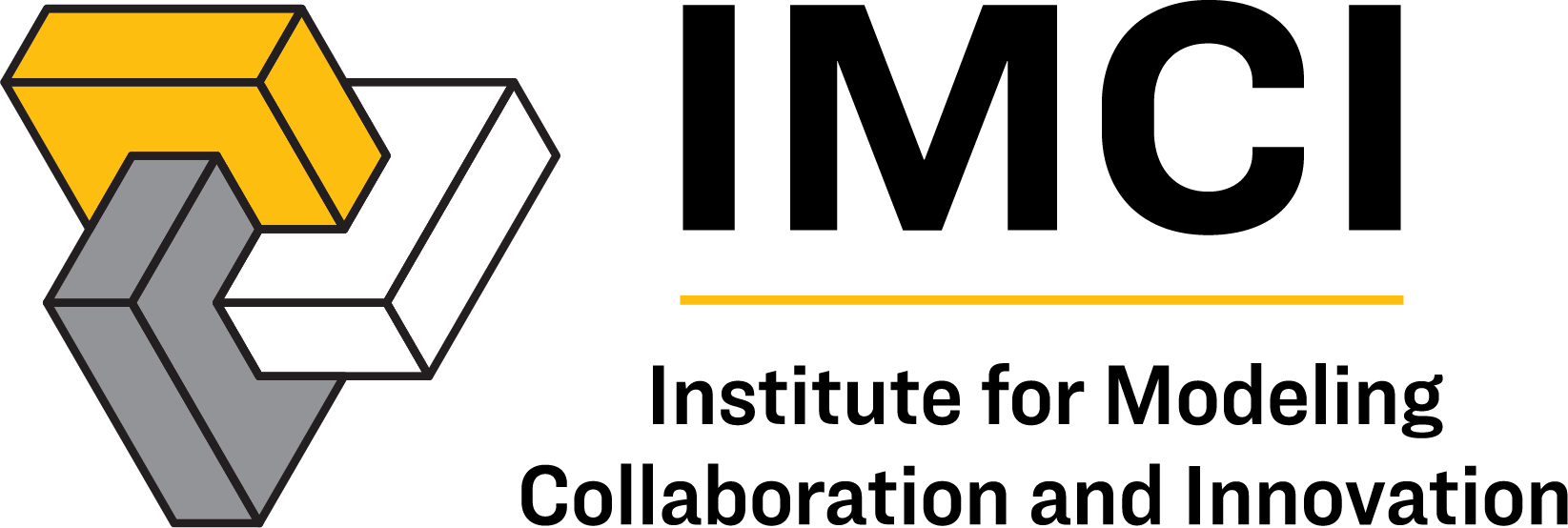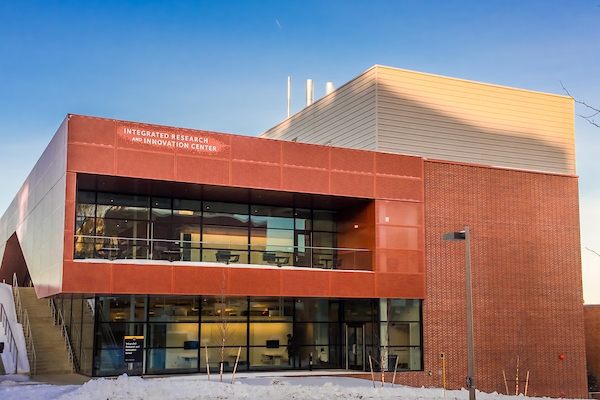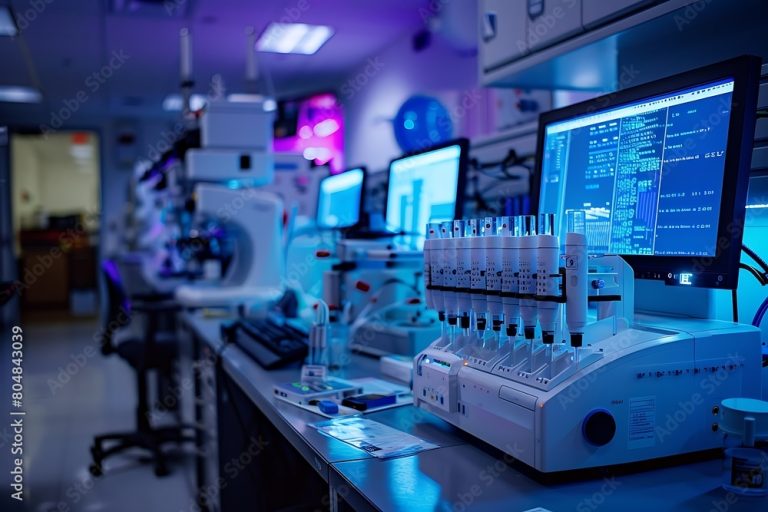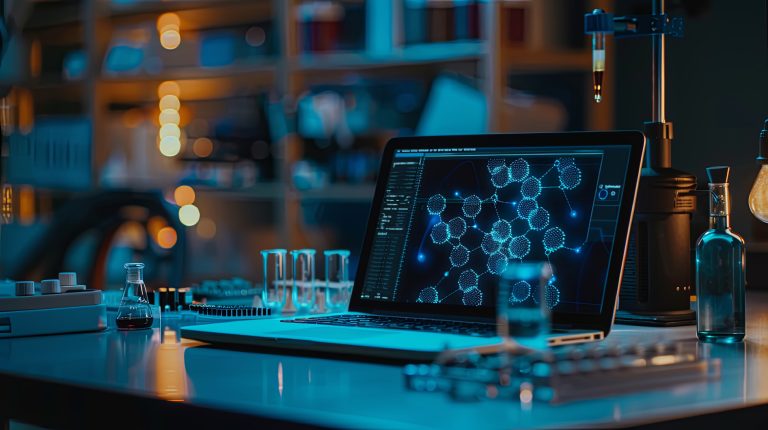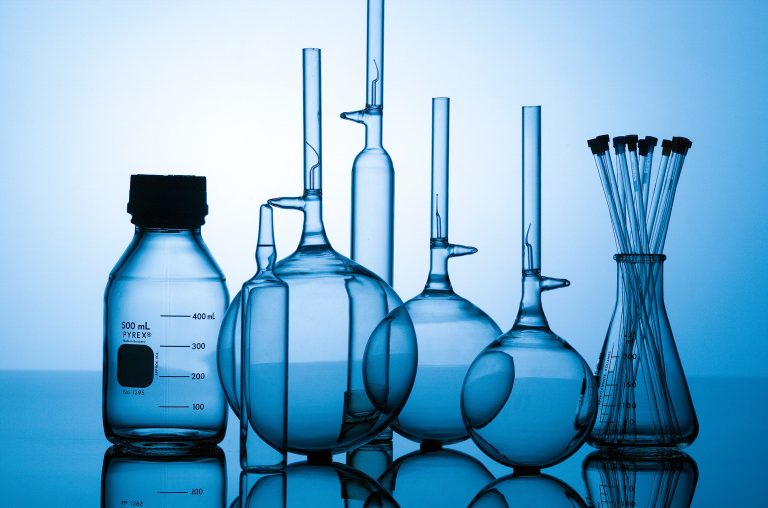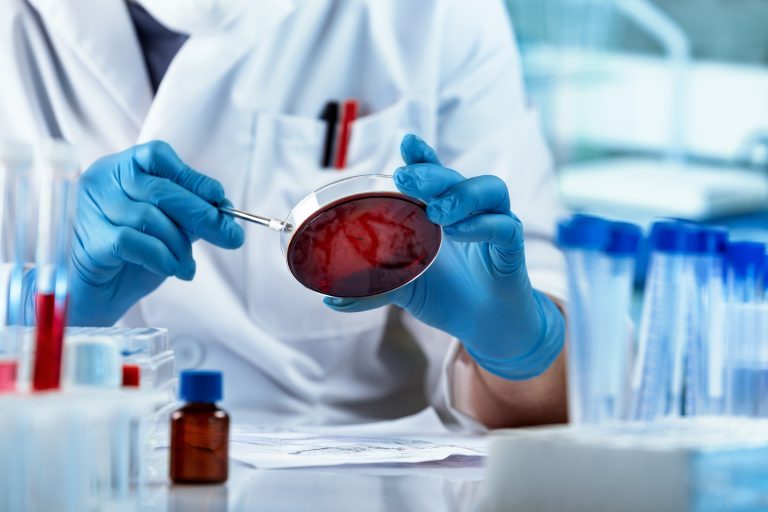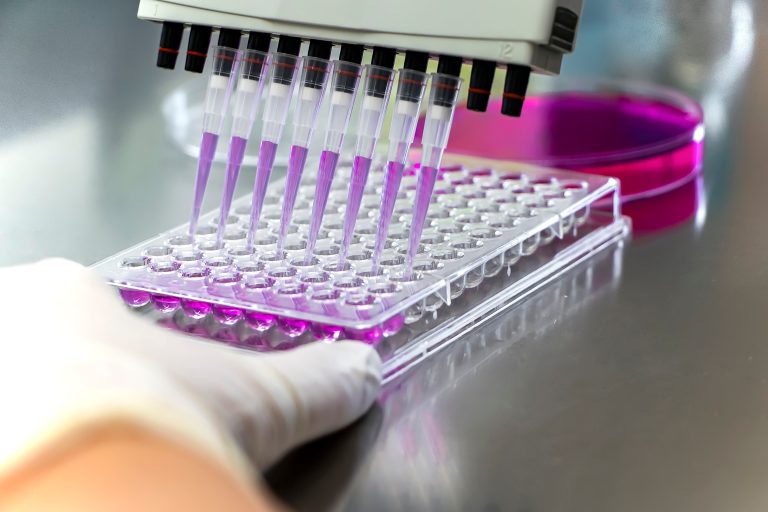What’s your COVID-19 exposure risk in a gathering?
Thank you to reporter Kyle Pfannenstiel for highlighting some of U of I’s COVID-19 modeling efforts, as originally published in the Post Register. If you’ll be at the dinner table with people you don’t live with this week, research from the University of Idaho can help you gauge how likely you are to bump into someone who…
